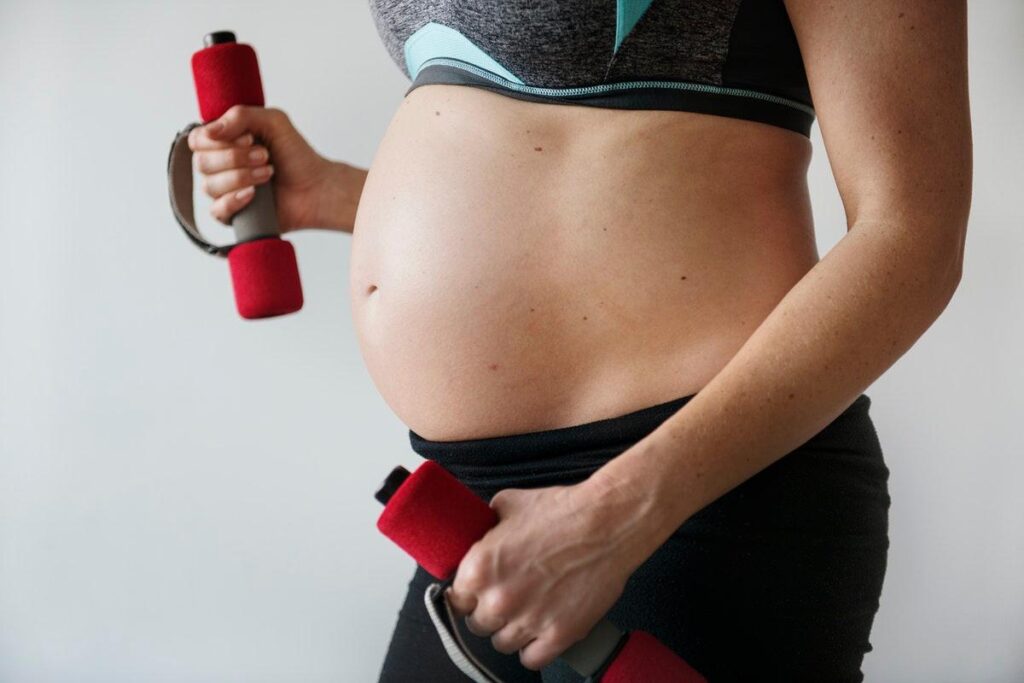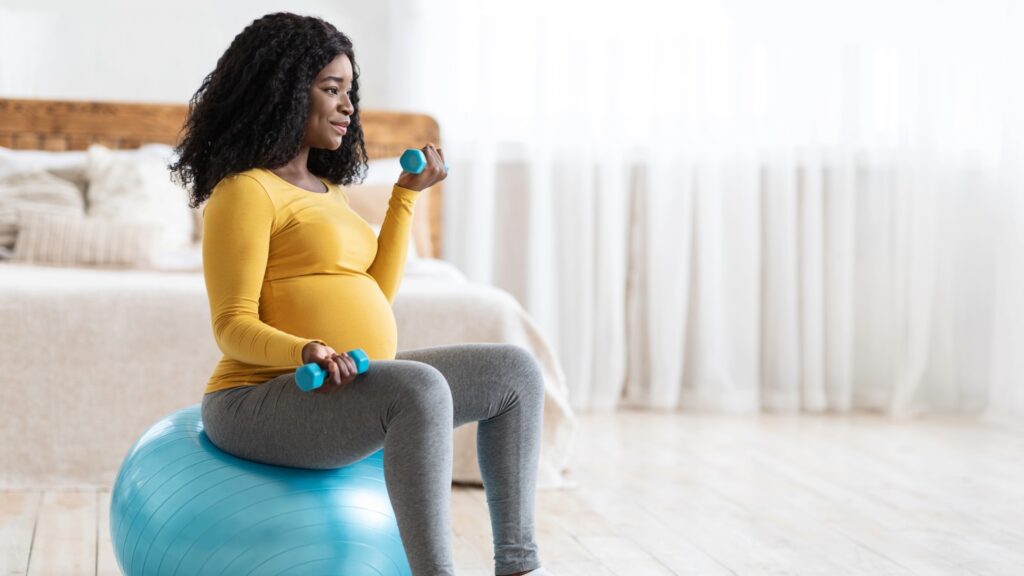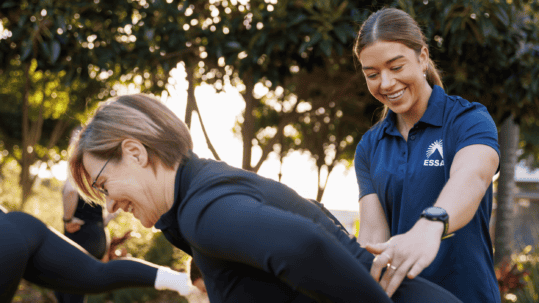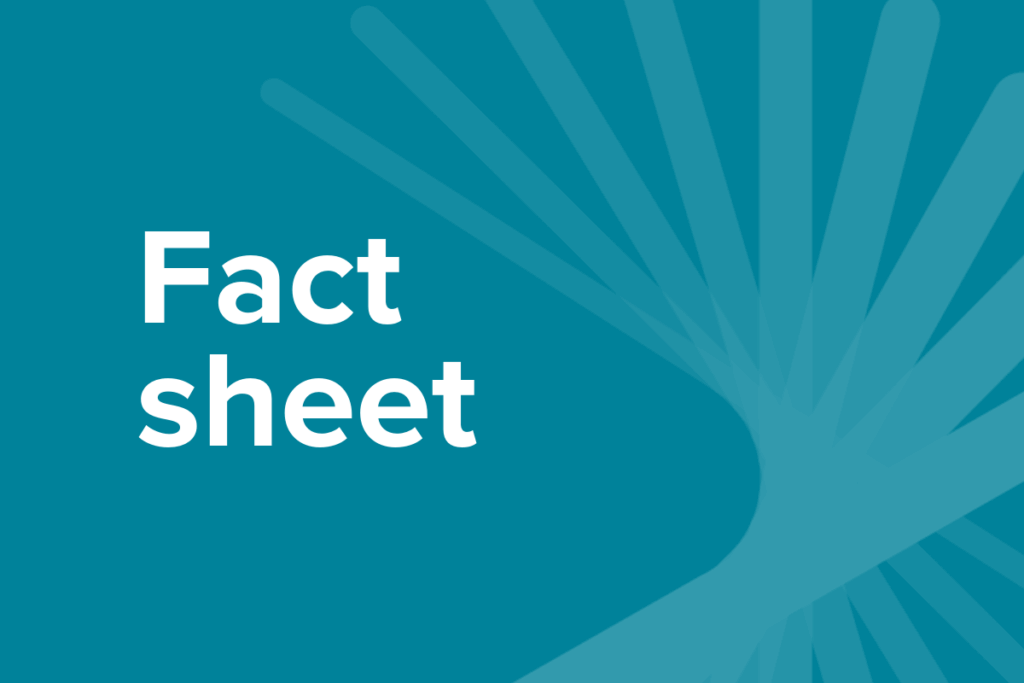Exercise in pregnancy and postpartum
Pregnancy and the postpartum period can be an amazing experience, but as any new or expecting mum will tell you, it can also be tough to stay active during this time.
Your body changes significantly and it’s important to adjust your exercise to suit each stage of your pregnancy and post-natal journey. We’ve got some great tips and resources for keeping active during and after pregnancy.
Home / Pregnancy and postpartum
Pregnancy
Pregnancy is an incredible time for a woman marked by an amazing, and at times challenging, transformation. Pregnancy might leave you feeling delighted, anxious, exhilarated and exhausted — sometimes all at once.
Common physical changes during pregnancy include bouts of nausea from rapidly rising levels of estrogen and progesterone, tender, swollen breasts, increased urination, fatigue and dizziness, and increasing laxity in joints due to hormones, all of which must be managed appropriately to avoid injury.
How exercise helps during pregnancy
Exercise is important for everyone and regular physical exercise can provide many social, mental, health and fitness benefits during pregnancy.
Being active during pregnancy can improve fatigue levels, help to manage pelvic pain (like sacroiliac joint paint) and helps to prepare you for labour. Exercise during pregnancy is also recommended to reduce pregnancy related hypertension and gestational diabetes. Not all exercises are suitable for pregnant women however – so seek professional advice early.


How much exercise should you do?
Exercise is safe during pregnancy, and those without additional complications should aim to meet the Australian Physical Activity Guidelines. This means:
- Doing any physical activity is better than doing none. If you currently do no physical activity, start by doing some, and gradually build up to the recommended amount.
- Be active on most, preferably all, days every week.
- Accumulate 150 to 300 minutes (2 ½ to 5 hours) of moderate intensity physical activity or 75 to 150 minutes (1 ¼ to 2 ½ hours) of vigorous intensity physical activity, or an equivalent combination of both, each week.
- Do muscle strengthening activities on at least 2 days each week.
Things to remember
- Exercise should be terminated should any of the following occur: vaginal bleeding, dyspnea before exertion, dizziness, headache, chest pain or muscle pain.
- Pregnant women should avoid exercising in the supine position (lying on your back) after the first trimester to ensure that venous obstruction does not occur.
- Increased laxity in joints due to hormonal changes can cause injury if not managed appropriately.
- You should avoid contact sports or high impact activities (like basketball, hockey or rock-climbing) and exercising in an overheated pool.
- Every body and every pregnancy is different, listen to your body and be kind to yourself.

Postpartum
Any new mum will know how hard it can be to find time to exercise after having a baby, but there are SO many reasons why you should.
Exercising after you’ve had a baby can help to boost your energy levels, improve your mental health and reduce your risk of developing postnatal depression or anxiety. It can also help to strengthen your abdominals and pelvic floor and treat or manage symptoms of incontinence and pelvic organ prolapse.
Things to remember
- Only very gentle exercise (like easy walking) should be done in the six weeks 6 weeks after having your baby. It’s a good idea to get clearance from a women’s health physiotherapist before you start moving again.
- Urinary incontinence and pelvic organ prolapse are common after childbirth, but this does NOT mean you have to learn to live with them. Seek advice from your local Accredited Exercise Physiologist to move safely and rehabilitate your body.
- Remember that every birth and every body is different. Try to honour your body for how incredible it really is and don’t compare yourself to others.
- Deconditioning typically occurs during the initial postpartum period, so you should gradually increase physical activity levels.
- Increased laxity in joints may continue after you have your baby (due to the hormones associated with breastfeeding).


Get expert support
If you’re unsure where to start or how to exercise safely with a health condition, an Accredited Exercise Physiologist (AEP) or Accredited Exercise Scientist (AES) can help. They’ll assess your needs, guide your progress, and help you move with confidence, at every stage of life.
Frequently asked questions
What is an Accredited Exercise Physiologist (AEP)?
An Accredited Exercise Physiologist (AEP) is an allied health professional that prescribes individualised exercise therapy to help people manage their chronic conditions, disabilities, long-term injuries and so much more. They are the most qualified professionals in Australia when it comes to the prescription safe and effective of exercise therapy.
Is it safe to strength train during pregnancy?
Yes, with modifications. Focus on posture, breath, and pelvic floor engagement. Work with a qualified professional.
What if I have pain or prolapse symptoms when I exercise?
Seek advice from an Accredited Exercise Physiologist before continuing. The right guidance can make all the difference.


